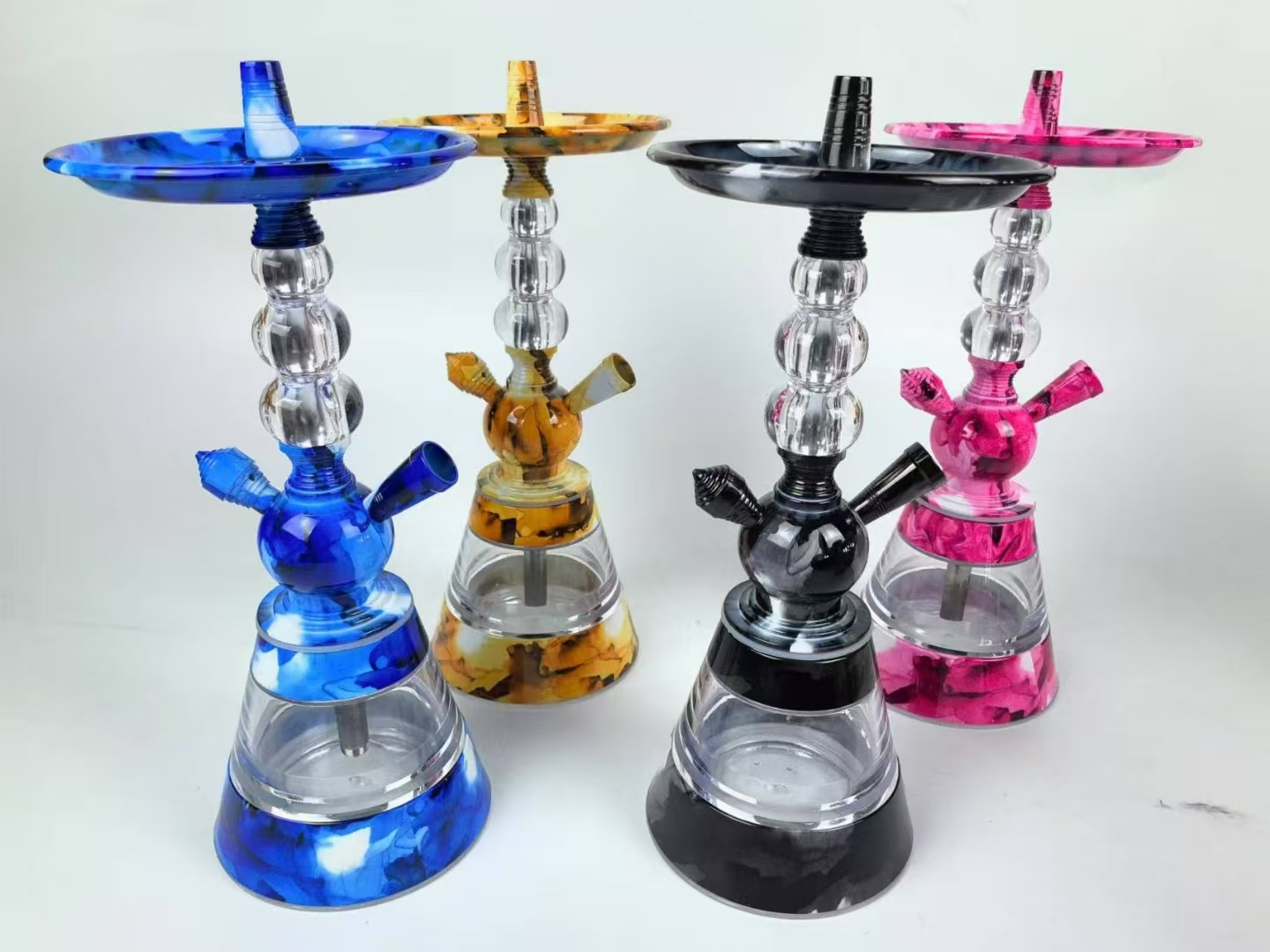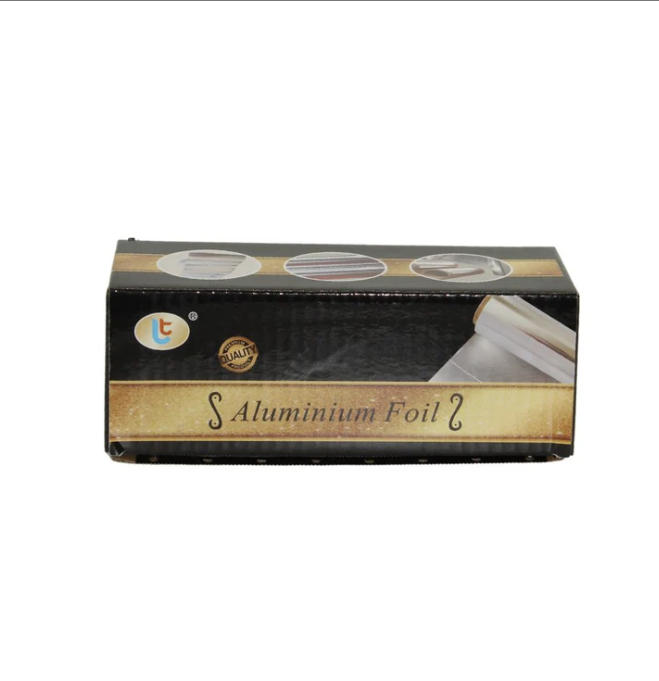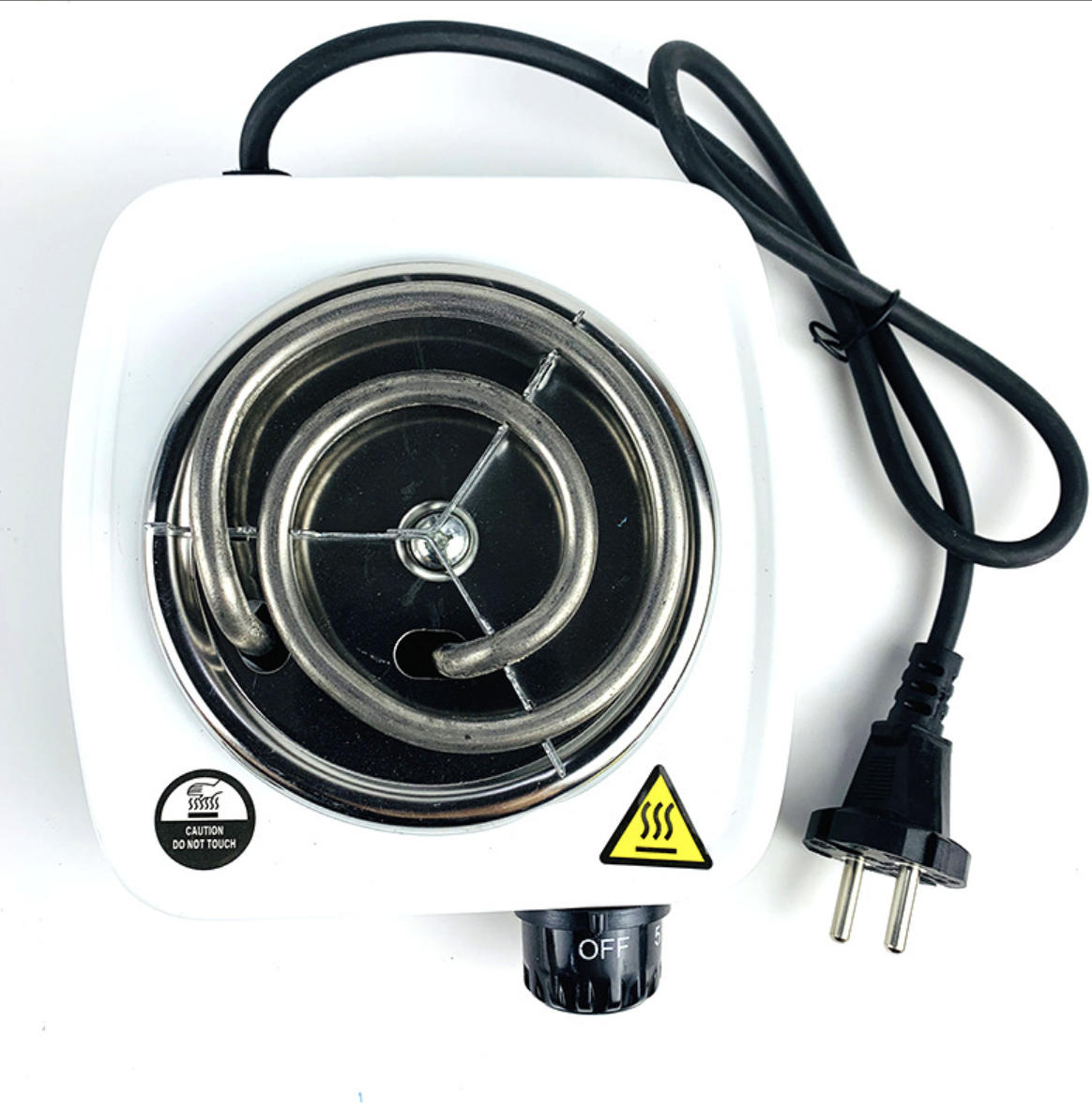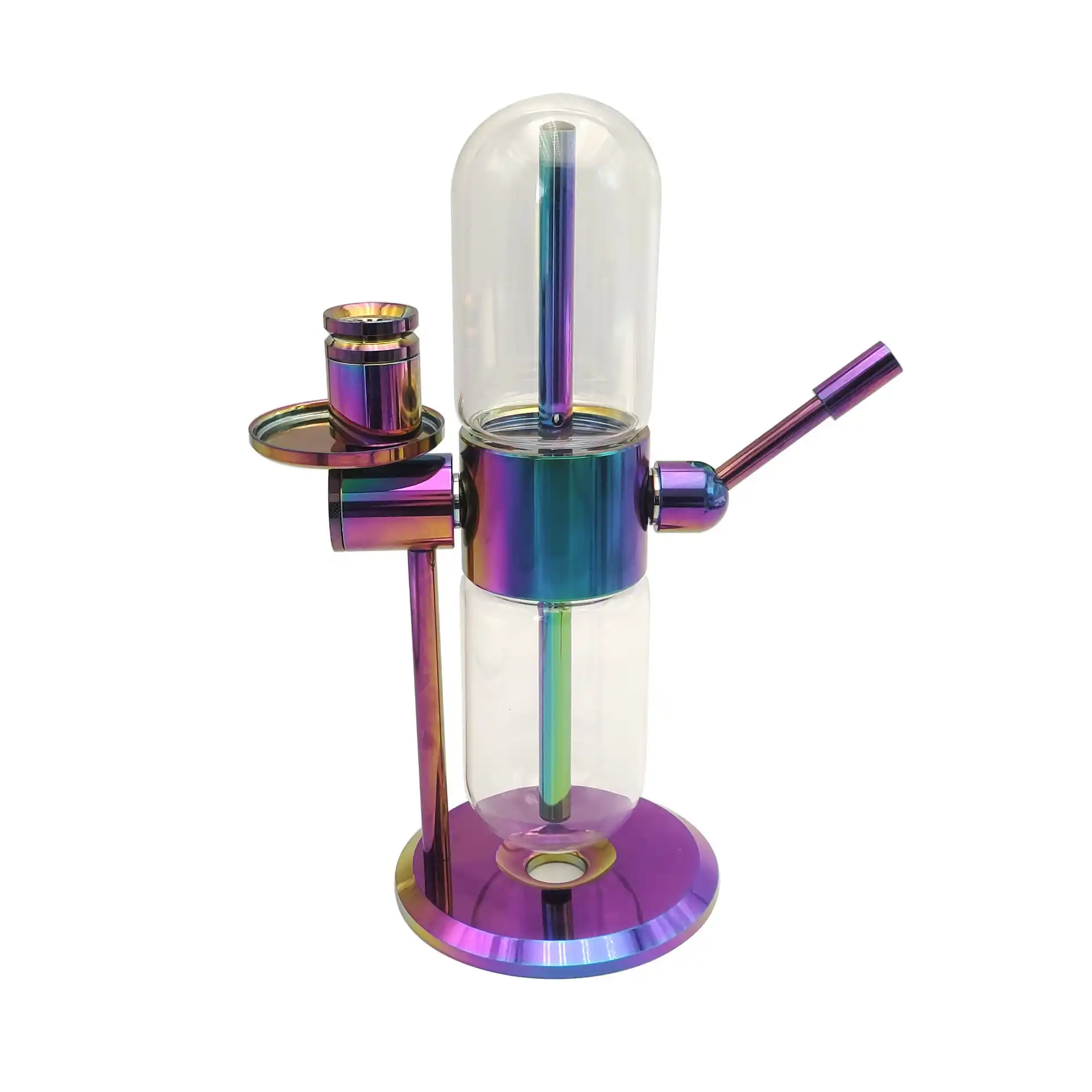Weaving Through Smoke and Language: Exploring the Global Names and Cultural Codes of Water Pipes
In the twilight cafes of Istanbul, a curved copper pipe extends into a glass bottle filled with water, with charcoal faintly visible in a ceramic bowl; in the night markets of Cairo, people gather around a carved copper pot, sharing apple-scented smoke through glass pipes. The protagonist of these scenes—the water pipe—carries similar social functions across different continents, yet reflects a fascinating diversity through the lens of language and cultural symbols.
I. A Smoky Tapestry of Language
The global names for water pipes are like prisms, refracting the cognitive perspectives of different civilizations:
- Persian and Urdu: Known as "Qalyan," the word originates from the Arabic root "qal," meaning "boiling" or "bubbling," vividly depicting the visual imagery of smoke rising after being filtered through water.
- Turkish: The term "Nargile" traces back to the Sanskrit word "Narikel," meaning "coconut"—the original water pipes were indeed made from coconut shells.
- German: Germans call it "Wasserpfeifen," literally "water pipe," accurately describing the core structure of the device.
- French: "Narguilé" retains traces of Turkish pronunciation, like a linguistic fossil recording the 17th-century cultural export from the Ottoman Empire to Europe.
- Spanish-speaking countries: In Latin America, people use "Cachimba" to refer to this device, while in Andalusia, influenced by Arab culture, "Shisha" is commonly used.
- Russian: "Кальян" is pronounced with roots in Persian, transformed through the Slavic language system, becoming the most common term for water pipes in Eastern Europe.
- Additional Calling: In some Spanish-speaking countries such as Colombia and Peru, it is also called "Chicha." The origin of this term is unclear, but it is widely used to refer to water pipes in these regions.
Most intriguing is the evolution of names in the Indian subcontinent: in ancient Indian languages, it was called "Hubble-bubble," meaning "bubbling water pot." However, after the rise of the Mughal Empire in the 16th century, the Persian loanword "Hookah" gradually replaced the indigenous term, with linguistic changes serving as footnotes to cultural integration.
II. Cultural Narratives in Smoke
In different cultural contexts, water pipes transcend their function as mere smoking devices:
- Middle Eastern Social Currency: In the UAE's traditional Majlis (gathering), the quality of the Hubbly Bubbly (bubbling water pipe) provided by the host directly reflects their social status. The material of the pipe (brass/silver), the number of pipes (the more, the more prestigious), and decorative patterns (geometric/floral) constitute a silent declaration of class.
- Turkish Identity Totem: In Istanbul's Nargile cafes, they are not only social spaces but also symbols of cultural resistance. During the political unrest of 2016, young people gathered in these cafes, using water pipes to convey their adherence to traditional lifestyles.
- Chinese Literati Elegance: In the Qing Dynasty, the literati Li Yu described the "three beauties" of the water pipe in his "Casual Expressions of Idle Feelings": the beauty of form (copper tire cloisonné), the beauty of use (smoke rising from water), and the beauty of mood (suitable for accompanying music, chess, calligraphy, and painting). Empress Dowager Cixi's jade mouthpiece elevated the water pipe to the pinnacle of royal aesthetics.
- European Bohemian Icon: In Berlin's Kreuzberg district, hand-painted graffiti-style Wasserpfeifen have become spiritual icons of subcultural groups. Young people use custom pipes to express anti-commercialism, with smoke serving as a pioneer symbol breaking mainstream aesthetics.
III. Historical Trajectories of Smoke
The global journey of water pipes is a testament to the mutual learning of human civilizations:
- Origin Mystery: It is generally believed that its prototype appeared in 15th-century India, with Mughal miniature paintings already depicting nobles using water pipes.
- Technological Innovation: Persian craftsmen improved the chimney structure in the 16th century, tripling smoke filtration efficiency. This innovation spread to the Ottoman Empire with Persian caravans.
- European Landing: In the 17th century, the Dutch East India Company introduced water pipes to Amsterdam as "Eastern curiosities," soon becoming a favorite in aristocratic salons. French King Louis XIV even ordered the creation of solid gold pipes, sparking an aristocratic emulation craze.
- Modern Transformation: In the 1960s, Egyptian entrepreneurs improved the detachable modern Shisha, rejuvenating this traditional device. Today, Dubai's e-pipe bars reinterpret tradition with LED lighting and molecular cuisine tobacco, presenting a dialogue between tradition and modernity.
IV. Survival Amidst Controversy
As water pipes are revived in global cafe culture, debates around their health and cultural value persist:
- Medical Warnings: The World Health Organization points out that water pipe smoke contains over 70 carcinogens, and due to prolonged smoking sessions (usually lasting over 40 minutes), the actual harmful substances inhaled are 100 times those of cigarettes.
- Cultural Defense: Egyptian folklorist Gamal El-Din believes, "Shisha is the last shared ritual in the Arab world, maintaining human warmth in the smartphone era."
- Commercial Reconstruction: From London's Shisha Lounge to Tokyo's Hookah Bar, operators attract young people under the banner of "cultural experience." Some high-end venues even offer molecular cuisine tobacco, using liquid nitrogen flash freezing technology to create smoke shows.
In this era of globalization and localization collision, the naming evolution of water pipes has become a code for interpreting civilized mutual learning. When Berlin youth inhale and exhale smoke through Wasserpfeifen, they may inadvertently continue the social traditions of Persian caravans four centuries ago; when Dubai businessmen negotiate deals with Hubble-bubble, the rising smoke still carries the same hospitality as their ancestors. This cross-temporal cultural continuity may be the most touching chapter in the story of water pipes.






